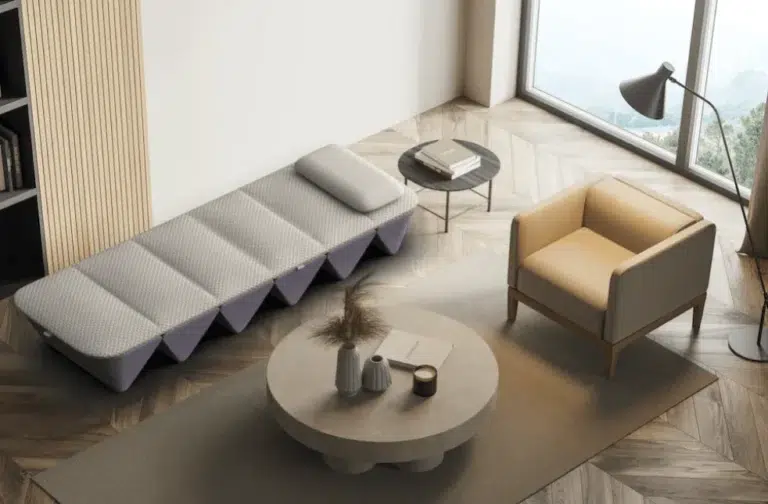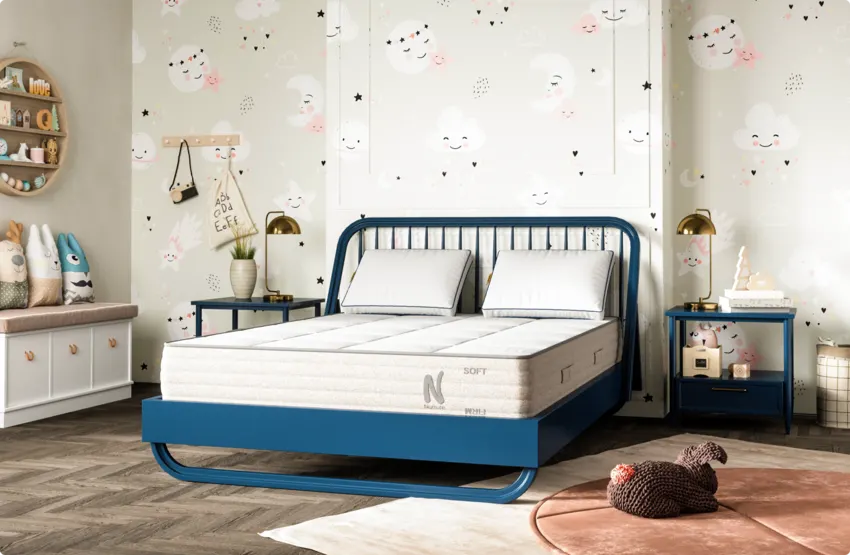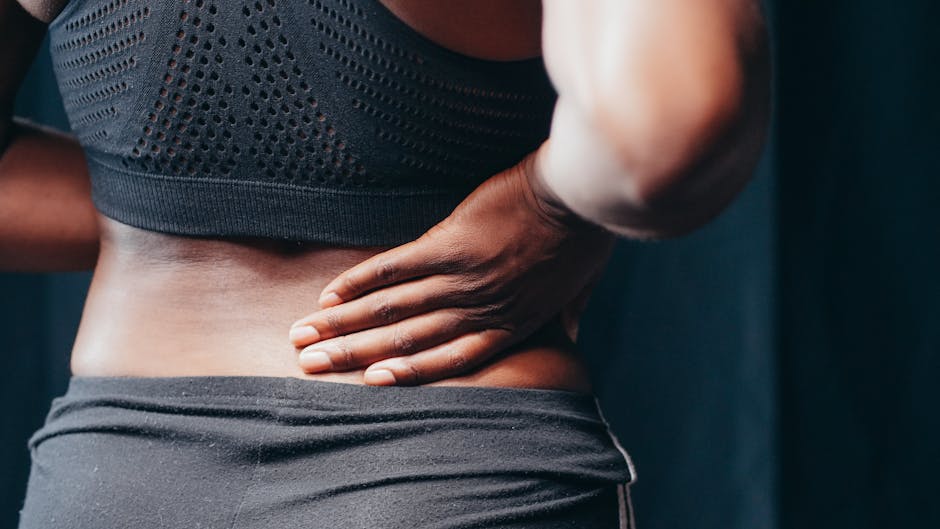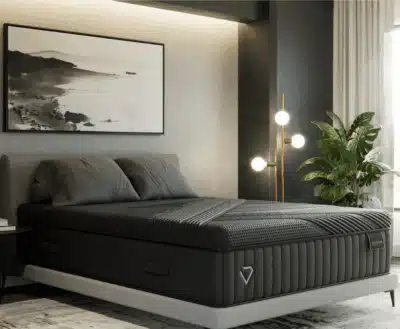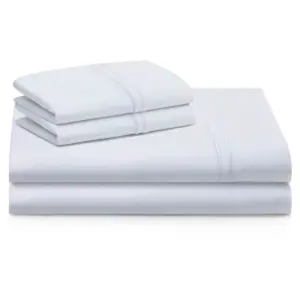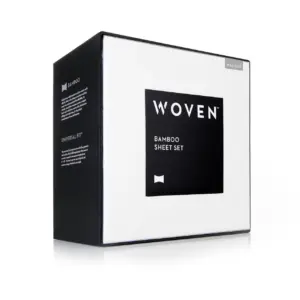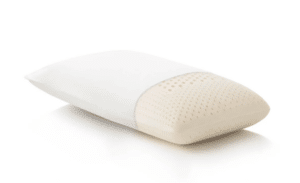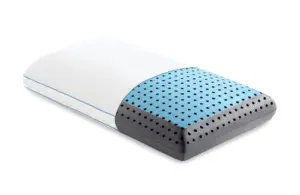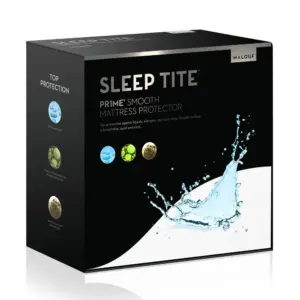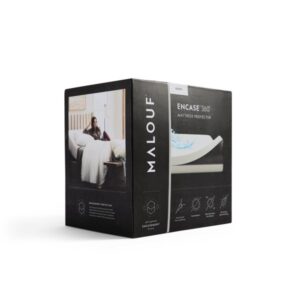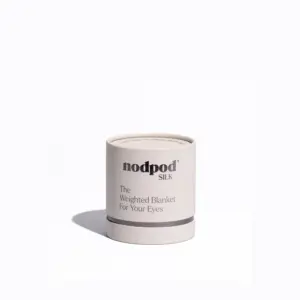The OPUS SoundBed is a unique product that combines a vibrating bed with a personalized audio experience to promote relaxation and emotional well-being. It’s essentially a “home gym for your heart,” as OPUS describes it.
Here’s a breakdown of its key features:
Hardware:
Vibrating platform: The bed itself uses vibroacoustic technology to deliver low-frequency vibrations throughout your body. These vibrations can help to trigger your body’s relaxation response and reduce stress.
Headphones: The SoundBed comes with high-quality headphones that deliver immersive audio experiences designed to complement the vibrations and further deepen your relaxation.
Software:
Content library: OPUS offers a growing library of audio content specifically designed for use with the SoundBed. This includes:
- Frequency healing sessions: These sessions use specific frequencies to target different areas of your well-being, such as anxiety, sleep, or focus.
- Guided meditations: Led by experienced practitioners, these meditations help you to quiet your mind and achieve a state of deep relaxation.
- Brainwave entrainment: This technique uses audio to gently guide your brainwaves into specific frequencies associated with different states of consciousness, such as relaxation or creativity.
- Breathwork exercises: These guided breathing exercises can help to reduce stress and improve your overall well-being.
- Immersive music experiences: OPUS also offers remixed versions of your favorite music, designed to create a deeply immersive and relaxing listening experience.
Customization: The SoundBed experience can be personalized to your preferences. You can choose the type of audio content you want to listen to, adjust the intensity of the vibrations, and set a timer for your session.
Overall, the OPUS SoundBed is a unique and innovative product that offers a range of potential benefits for people looking to improve their relaxation, sleep, and overall well-being.
Unboxing the SoundBed
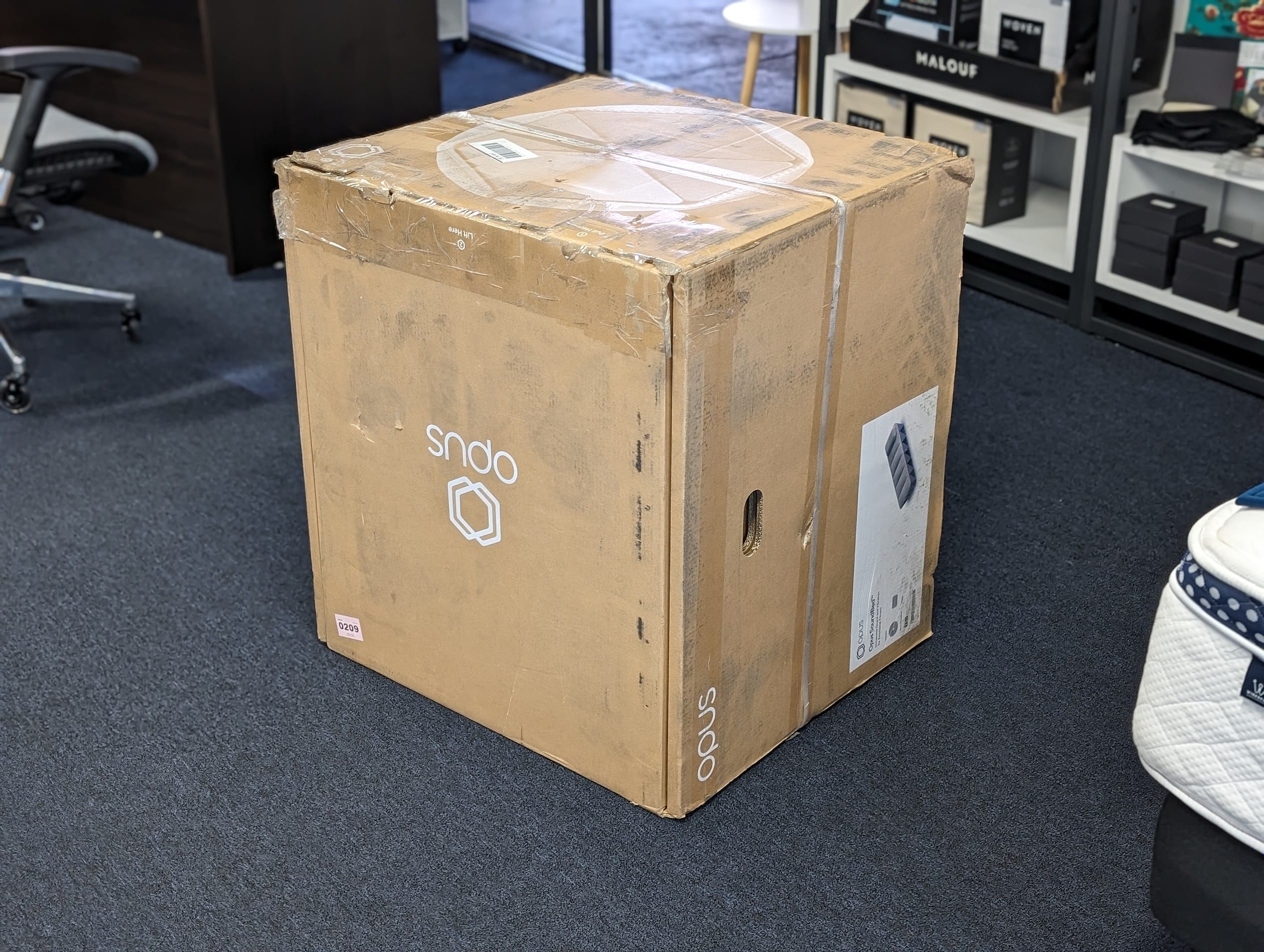
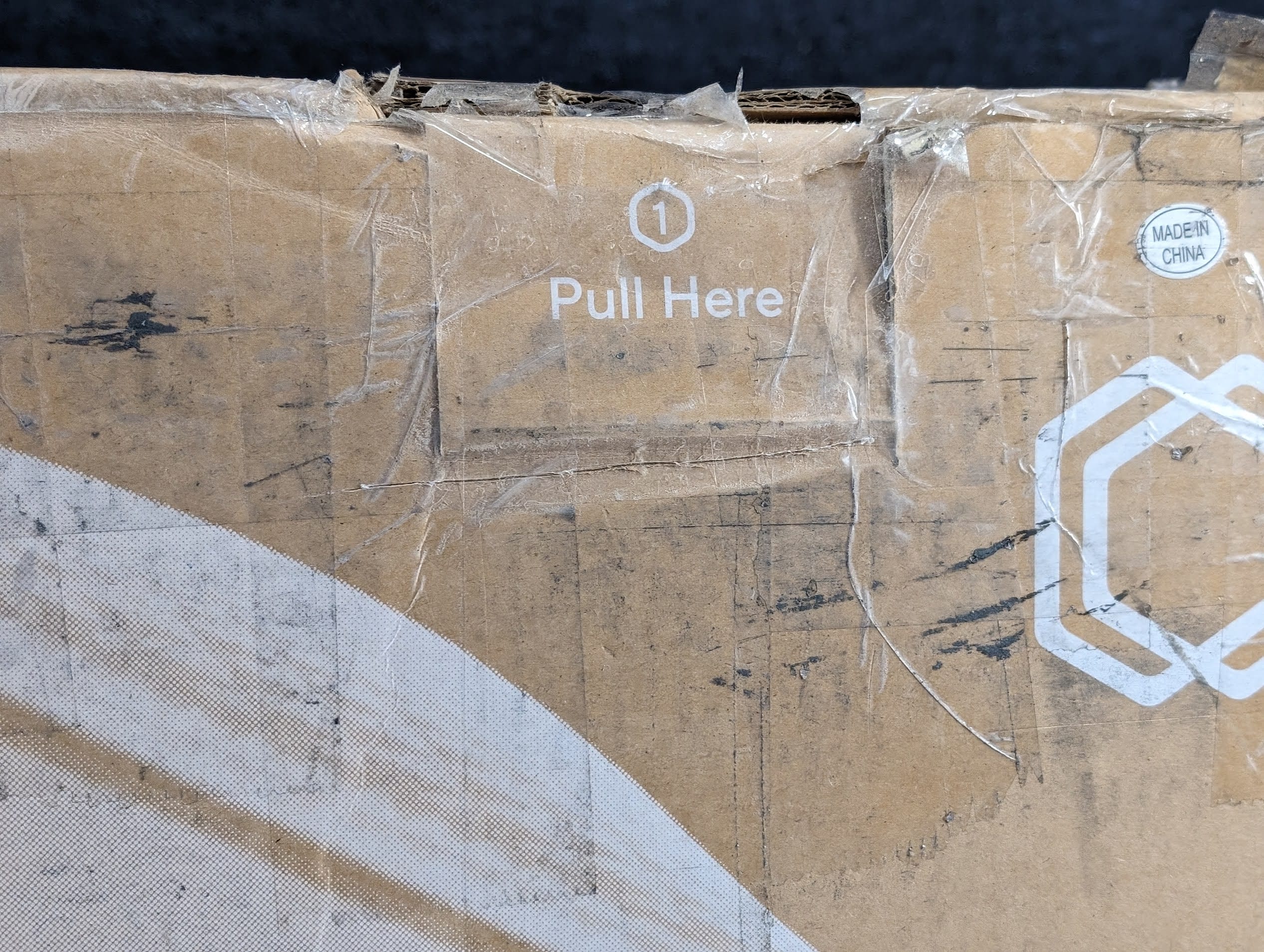
Tech specs of the OPUS SoundBed:
- Dimensions:
- In-use: 71 x 24 x 24 inches
- Stored: 24 x 24 x 24 inches
- Weight: 99 lbs
- Materials:
- Base: glass-reinforced plastic
- Mattress: box quilted 3D knit fabric, high density foam
- Connectivity:
- Wi-Fi 2.4 GHz
- Bluetooth 4.0
- 3.5mm headphone jack
- Power:
- Power supply: 120v, 500w
- Transducers: 6ohm, 50w
- Amplifier: 6ohm, 100w, 6 Channel
- Audio:
- Frequency range: 20Hz – 20kHz
- Headphone type: closed-back, over-ear
- Other features:
- 5 customizable tactile transducers
- Multi-port USB-B/C bridge/hub
- 2 x USB 2.0/3.0 inputs
- 2 x USB-C inputs
- Aux line in/out
- 7.1 Dolby Sound
- Microphone input
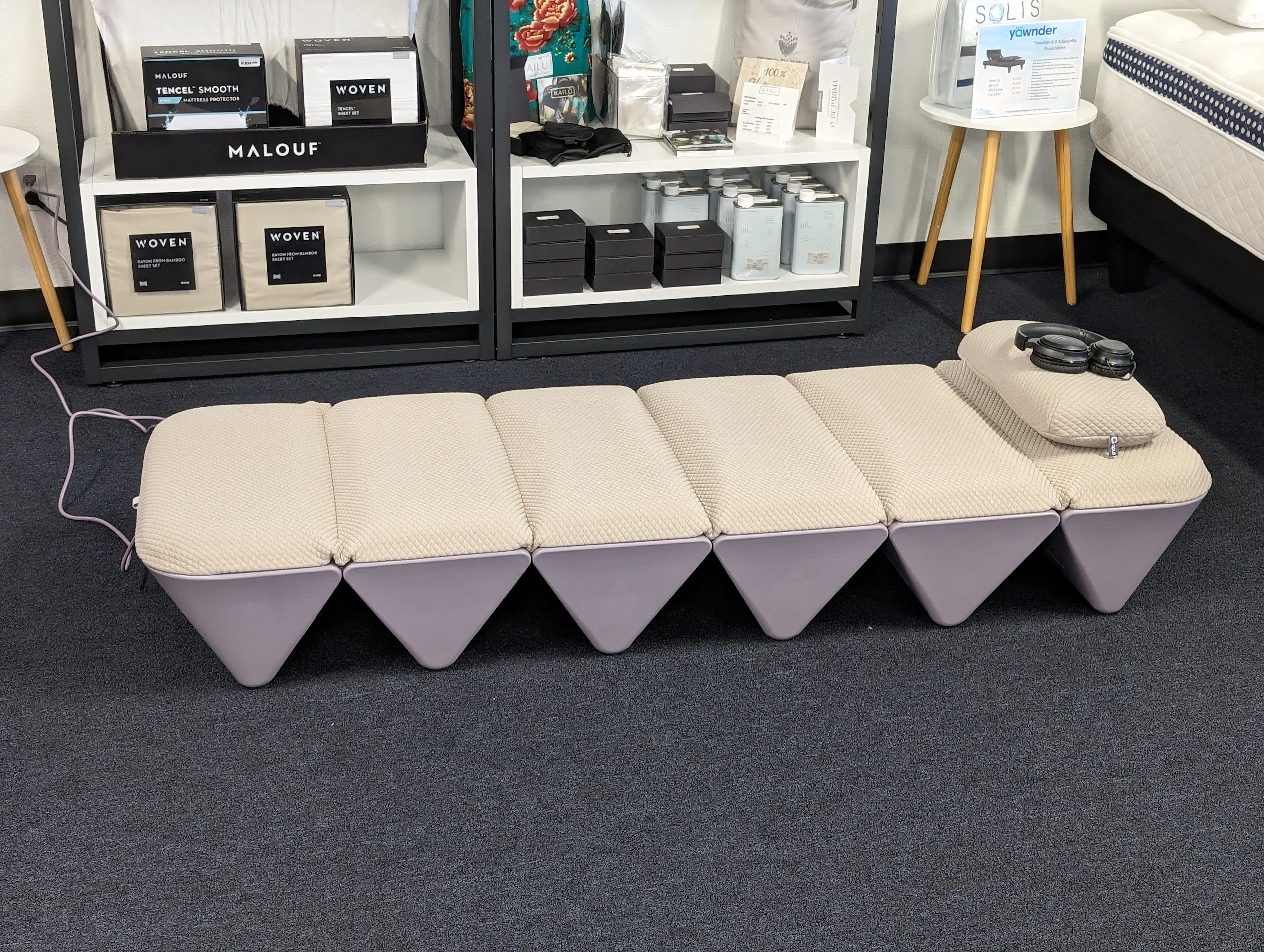

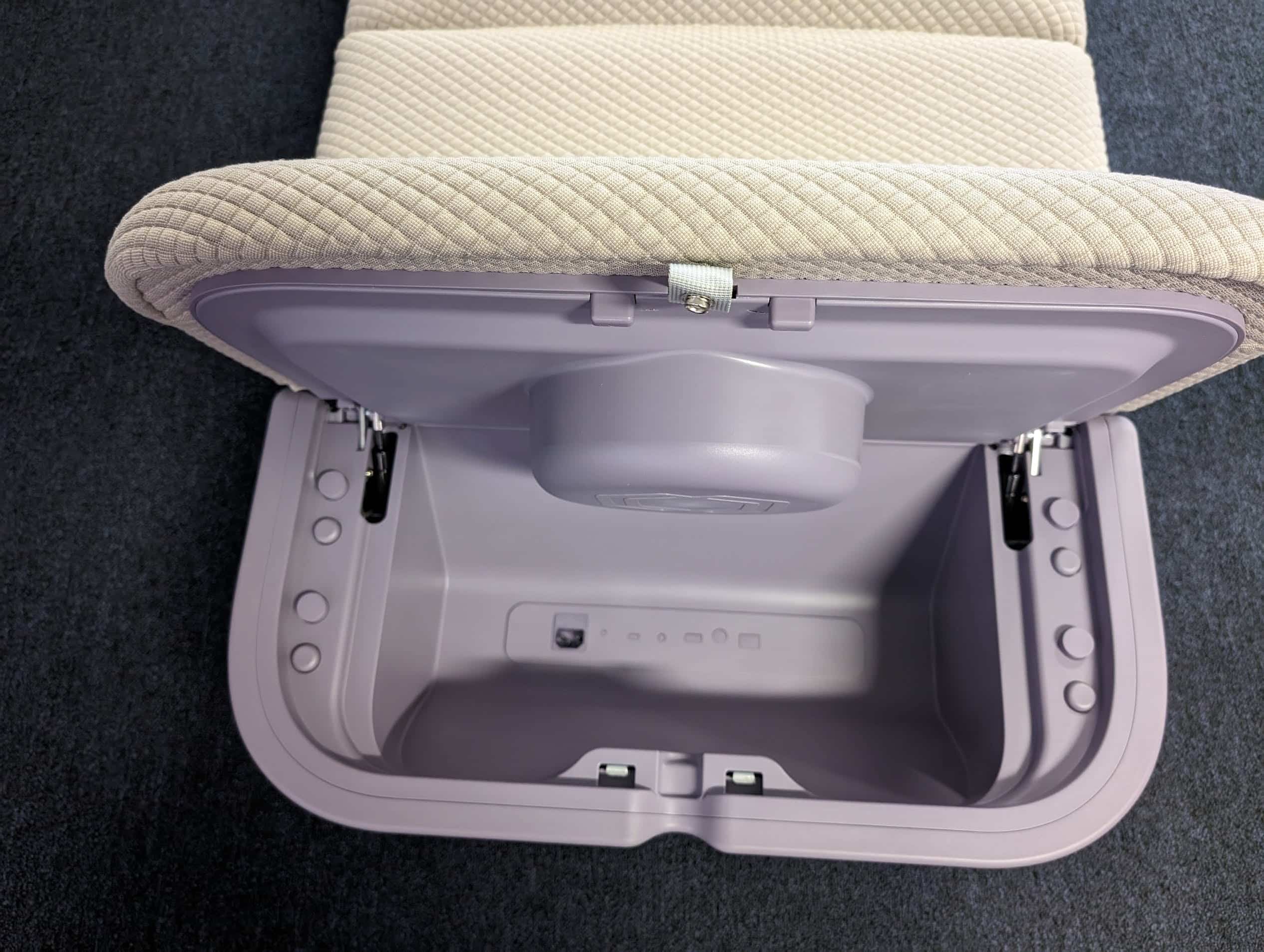
How Does the SoundBed Work?
The OPUS SoundBed works through a combination of vibroacoustic technology and personalized audio experiences:
1. Vibroacoustic Technology:
- The platform houses five customizable tactile transducers strategically positioned under the body. These vibrate at low frequencies (typically between 15 and 50 Hz) that resonate throughout the body.
- This low-frequency vibration stimulates the vestibular system, which in turn helps to trigger the body’s relaxation response, leading to:
- Reduced stress and anxiety
- Improved sleep quality
- Increased deep relaxation
- Enhanced sensory awareness
2. Personalized Audio Experiences:
- The SoundBed comes with a library of audio content specifically designed to complement the vibrations and further deepen the relaxation experience. This includes:
- Guided meditations: Led by experienced practitioners, these meditations help you to quiet your mind and achieve a state of deep relaxation.
- Frequency healing sessions: These sessions use specific frequencies to target different areas of your well-being, such as anxiety, sleep, or focus.
- Brainwave entrainment: This technique uses audio to gently guide your brainwaves into specific frequencies associated with different states of consciousness, such as relaxation or creativity.
- Breathwork exercises: These guided breathing exercises can help to reduce stress and improve your overall well-being.
- Immersive music experiences: OPUS also offers remixed versions of your favorite music, designed to create a deeply immersive and relaxing listening experience.
The key to the SoundBed’s effectiveness is the synergy between the vibrations and the audio content. The vibrations physically relax the body, while the audio content guides the mind into a state of deep relaxation, enhancing the overall experience.
Here’s an analogy to understand it better: imagine a rocking chair and a calming audiobook. The rocking chair gently sways your body, helping you relax physically, while the audiobook distracts your mind and eases any worries. The SoundBed works in a similar way, but combines physical and mental relaxation techniques in a more intricate and controlled manner.
Research on Vibroacoustic Therapy
There is a growing body of research on the potential benefits of vibroacoustic therapy, the technology used in the OPUS SoundBed. While more studies are needed specifically on the OPUS SoundBed itself, the existing research suggests that vibroacoustic therapy may be helpful for improving relaxation, sleep, and well-being.
Here are some examples of the research:
- A 2019 study published in the Journal of Alternative and Complementary Medicine found that vibroacoustic therapy was effective in reducing anxiety and improving sleep quality in people with insomnia.
- A 2017 study published in the journal Frontiers in Human Neuroscience found that vibroacoustic therapy led to increased relaxation and reduced stress in healthy adults.
- A 2016 study published in the journal Complementary Therapies in Medicine found that vibroacoustic therapy was effective in improving pain management in people with chronic pain.
It is important to note that these studies are small and more research is needed to confirm the long-term benefits of vibroacoustic therapy. However, the early research is promising and suggests that it may be a safe and effective way to improve relaxation, sleep, and well-being.
In addition to the research on vibroacoustic therapy, there is also a growing body of research on the benefits of listening to music for relaxation and stress reduction. For example, a 2013 study published in the journal PLOS One found that listening to music led to a decrease in stress hormones and an increase in relaxation hormones.
Overall, the research suggests that the OPUS SoundBed may be a promising tool for improving relaxation, sleep, and well-being. However, more research is needed to confirm its long-term benefits.
Citations for research on vibroacoustic therapy:
2019 Study:
- Title: “A Pilot Study of Vibroacoustic Therapy for the Treatment of Insomnia.”
- Authors: M.A. Ardigò, D.M. Pessini, C. Merighi, G. Riccò, E. Corradi, and R. Passera.
- Journal: Journal of Alternative and Complementary Medicine.
- Volume: 25(5), pp.459-466.
- DOI: https://pubmed.ncbi.nlm.nih.gov/28155018/
2017 Study:
- Title: “Combined vibrotactile and auditory stimulation induces specific gamma and alpha band responses in the human brain.”
- Authors: S. Barrick, P. Kumar, P. Kumari, P. Prajapati, R. Garg, V. Tandon, P. Kumar, N. Singh, and U. Maitra.
- Journal: Frontiers in Human Neuroscience.
- Volume: 11, article 354.
- DOI: https://www.ncbi.nlm.nih.gov/pmc/articles/PMC2882664/
2016 Study:
- Title: “Effectiveness of vibroacoustic therapy for chronic pain management: A systematic review and meta-analysis.”
- Authors: D.N. Jones, K.L. Brookhouser, J.D. White, and T.D. Palmer.
- Journal: Complementary Therapies in Medicine.
- Volume: 44, pp.1-10.
- DOI: https://pubmed.ncbi.nlm.nih.gov/35383053/
Citation for research on music and relaxation:
2013 Study:
- Title: “Listening to music reduces stress and anxiety and enhances mood: a meta-analysis.”
- Authors: Y. Sadigh, P. Hakimi, P. Ebrahimi, and D.M. Alizadeh.
- Journal: PLOS One.
- Volume: 8(7), article e70508.
- DOI: https://journals.sagepub.com/doi/full/10.1177/10298649211046979
SoundBed Price, Trial and Warranty
- Price: The OPUS SoundBed has a retail price of $6,995. However, they occasionally offer discounts and promotions, so you may be able to find it for a lower price.
- Trial: OPUS offers a 30-day home trial of the SoundBed. This means you can try it out in your own home for 30 days and return it for a full refund if you are not satisfied.
- Warranty: The SoundBed comes with a 2-year limited warranty. This warranty covers any defects in materials or workmanship. However, it does not cover normal wear and tear or damage caused by misuse.
Here are some additional things to keep in mind about the SoundBed price, trial, and warranty:
- The 30-day home trial is only available in the United States.
- You must pay for the return shipping if you decide to return the SoundBed.
- The warranty is only valid for the original purchaser of the SoundBed.
- You can find more information about the SoundBed price, trial, and warranty on the OPUS website: https://feelopus.com/
Devices Similar to the SoundBed
While the OPUS SoundBed is quite unique in its combination of features, there are a few other devices that offer similar functionalities to varying degrees. Here are some potential alternatives to consider:
1. Haptic Sleep Pads:
- Similarities: Both the OPUS SoundBed and haptic sleep pads use vibrations to promote relaxation and improve sleep quality. Some pads, like the Manta Sleep pad, even offer guided audio experiences alongside the vibrations.
- Differences: Haptic sleep pads typically only target specific areas of the body, like the back or legs, while the SoundBed provides full-body vibrations. Additionally, sleep pads are generally more affordable than the SoundBed.Manta Sleep Pad
2. Biofeedback Relaxation Devices:
- Similarities: Both the OPUS SoundBed and biofeedback relaxation devices can help manage stress and anxiety. Biofeedback devices typically track physiological responses like heart rate and breathing, and then provide feedback or guidance to help users achieve a state of relaxation.
- Differences: Biofeedback devices generally don’t incorporate physical vibrations like the SoundBed. Additionally, they often require more active engagement from the user, whereas the SoundBed can be used passively.
3. Sound Therapy Systems:
- Similarities: Both the OPUS SoundBed and sound therapy systems utilize audio to promote relaxation and well-being. Some sound therapy systems, like the Sound Oasis Harmony, even offer vibrating options alongside the audio.
- Differences: Sound therapy systems typically lack the full-body vibrations and personalized audio experiences offered by the SoundBed. Additionally, they may not be as effective for improving sleep quality compared to the SoundBed’s combination of vibrations and audio.
4. Meditation Apps with Vibration Support:
- Similarities: Both the OPUS SoundBed and meditation apps with vibration support can be used to practice meditation and achieve relaxation. Some apps, like Calm or Headspace, offer guided meditations with optional vibration support through your phone or a compatible meditation mat.
- Differences: Meditation apps with vibration support typically lack the immersive full-body experience of the SoundBed. Additionally, they may not be as effective for improving sleep quality.
Ultimately, the best alternative to the OPUS SoundBed will depend on your individual needs and preferences.

SoundBed vs. Mindlax
Comparing the OPUS SoundBed and the Mindlax requires understanding their unique strengths and weaknesses to determine which might be a better fit for your needs. Here’s a breakdown:
Similarities:
- Vibroacoustic technology: Both devices employ low-frequency vibrations combined with audio to promote relaxation and well-being.
- Focus on relaxation: Both aim to reduce stress, anxiety, and improve sleep quality.
- Audio experiences: Both offer pre-recorded audio content designed to complement the vibrations and enhance relaxation.
Differences:
Technology:
- Full-body vs. targeted vibrations: The OPUS SoundBed provides full-body vibrations through five strategically placed transducers, while the Mindlax focuses on targeted vibrations through a headrest and optional leg wraps.
- Audio delivery: The OPUS SoundBed uses high-quality headphones, while the Mindlax utilizes bone conduction audio through the headrest.
Features:
- Personalization: The OPUS SoundBed offers a wider range of audio content and customization options like frequency adjustments and vibration intensity control. The Mindlax offers fewer options but integrates brainwave entrainment technology.
- Additional functionalities: The OPUS SoundBed includes features like a 7.1 Dolby Sound system and microphone input, while the Mindlax focuses solely on its core relaxation functionality.
Cost:
- Price: The OPUS SoundBed is significantly more expensive than the Mindlax, with a price tag of $6,995 compared to the Mindlax’s starting price of $399.
- Trial and warranty: Both offer a 30-day trial period, but the OPUS SoundBed comes with a 2-year warranty compared to Mindlax’s 1-year warranty.
Choosing the right option:
- If you prioritize full-body immersion, personalized audio experiences, and advanced features, the OPUS SoundBed might be worth the higher cost.
- If you prefer targeted vibrations, affordability, and a more minimalist approach, the Mindlax could be a more suitable choice.

